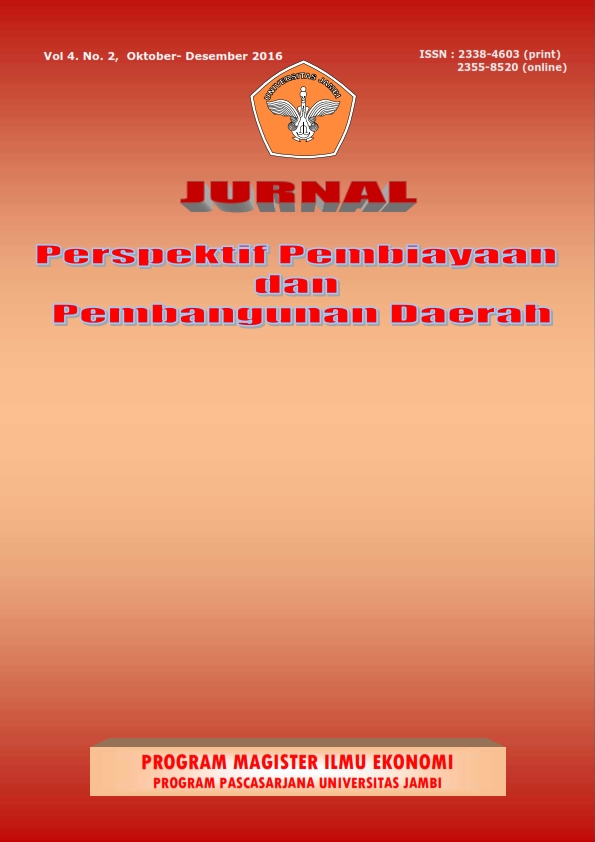Kepuasan Masyarakat terhadap Penyelenggaraan Pelayanan Publik (Studi Kasus Kantor Kecamatan Tambang Kabupaten Kampar)
DOI:
https://doi.org/10.22437/ppd.v4i2.3584Abstract
The purpose of the study was to measure public satisfaction survey with services at the Sudistrict Office Tambang, Kampar District with reference to the Regulation of the Minister of Administrative Reform and Bureaucratic Reform of the Republic of Indonesia Number 16 Year 2014 on Guidelines for the Implementation of Public Satisfaction Survey of Public Service. This research method is using descriptive research with quantitative approach. The sampling technique used in this study was incidental sampling, with a total sample of 100 people who become customers in the Tambang subdistrict officest. Data collection techniques in this research is using questionnaires, observation, interviews and documentation. Data analysis technique in this research is quantitative descriptive. The results showed that the votes on each of the indicators broadly expressed satisfied with the services at the subdistrict office Tambang with the assessment in the amount of 78.8% for the indicator requirements, while indicators of service procedures at 76.9%, an indicator of service time amounted to 56.3%, the cost and rate of 74.6% indicator of product specifications types of services amounted to 76%, the indicator amounted to 78.8% executive competence, executive behavioral indicators of 62.1%, the indicator amounted to 81.1% of service notice, as well as indicators of the handling of complaints, suggestions and feedback at 81.9%. Overall community satisfaction with services Tambang Subdistrict office at 74.02 in the category of "satisfied"
Downloads
Downloads
Published
How to Cite
Issue
Section
License
Copyright (c) 2016 Trio Saputra

This work is licensed under a Creative Commons Attribution 4.0 International License.

















